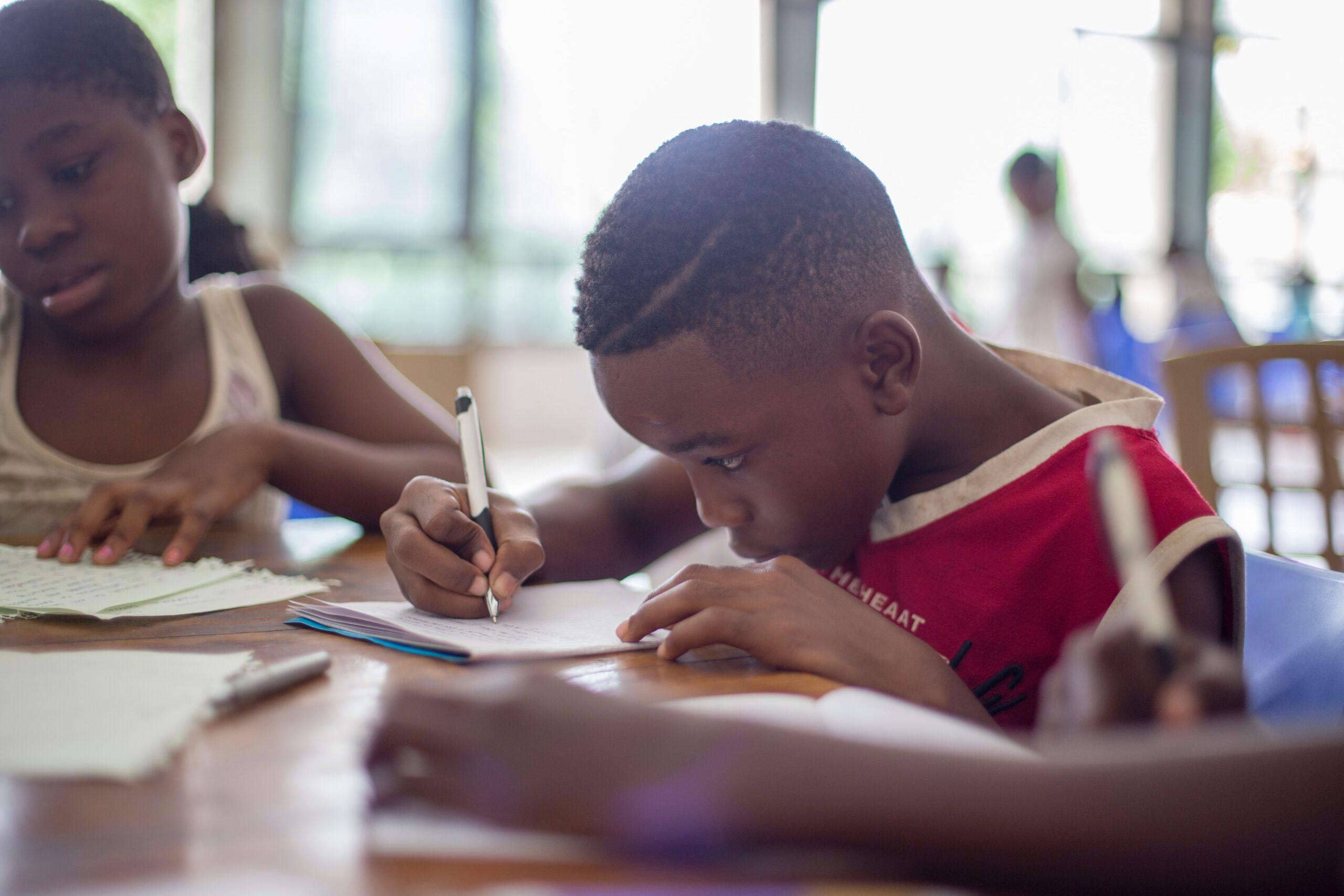“Whenever I open a book, I feel like I am walking into a room full of people whose faces are familiar, but whose names I can’t remember,” Allyson says. “I didn’t learn to read until the 4th grade. All of the kids called me stupid. My mother knew I was smart and could learn to read. And I did.”
Dyslexia is a term used to describe people who struggle to read despite being bright and having reasonable opportunities to learn to read. Most parents have heard of dyslexia, and yet many are confused and worried about it. At least once a week, a parent stops me. “My 4 year old is reversing letters when she writes— does she have dyslexia?” The fact is, it is normal for young children to reverse letters. And the common notion that children with dyslexia see words backwards is just a myth.
While children are naturally programmed to learn how to speak, reading is a different story. It is a complex process that requires hard work. For nearly one in five children, reading is a continuous struggle. We now know more than ever about the science of brain development and learning, and are able to apply this knowledge to identify and help struggling readers. Armed with this knowledge, parents and teachers are in a unique position to recognize struggling children early, seek help and, like Allyson’s Mom, provide support and encouragement.
How do you know whether things are going well for your child? First, you will want to know what normal reading development looks like. It all begins with learning to understand and use words, also called receptive and expressive language. Of course, no two children are alike— and there is a very wide range of what is considered “normal.” Nonetheless, most 2 year olds use a combination of words and sounds to express themselves, and know as many as 200 words. By age 3, they can generally follow two-step instructions and respond “yes” or “no” to questions. Their vocabulary has expanded dramatically; they are able to combine words to make three- and four-word phrases, and most of their speech can be understood. By age 4, they can identify four colors, point to objects by category and follow increasingly complex instructions. Expressive language has advanced as well, and 4 year olds can generally compose sentences of four words or more, and use relatively clear speech to describe their experiences.
Reading must be layered on top of these basic language skills. First, children notice that words are made up of individual sounds or phonemes. Once they become aware of these sounds, they soon begin to identify specific sounds and manipulate them, and are said to have developed phonemic awareness. Between ages 3 and 4, children are increasingly fascinated with different language sounds— playing rhyming games and reciting nursery rhymes. Also, early letter identification emerges, and the pre-reader can usually identify the letters in their name, as well as a few others. Over the course of the next year or so, this awareness progresses, and most 4-5 year olds can break words into syllables, and many are beginning to break words into specific phonemes. At the same time, they are able to name more and more letters. By early kindergarten, most children are able to compare two words and accurately determine whether they rhyme. They can usually find a rhyme for simple words— cat, pat. They also know the names of nearly every letter. Now they are ready to increasingly understand the link between letters and sounds.
Over the next few years, they become increasingly skilled with sounds. At the same time, their sense of the linkage between letters and sounds, or phonology, becomes automatic. For example, by early 1st grade, most children can identify the beginning sound of words, name the first letter of words and blend individual sounds to form words (for example, when asked what word the “bbbbbb” and “eeeeee” sounds make, children can respond ‘be’).
They also recognize that the order of letters within a word corresponds to the sequence of sounds in the spoken word. Now, beginning with simple words, they learn to sound out unfamiliar words, by first identifying the sequence of sounds (decoding) and then putting the sounds together (re-blending). With these building blocks— and practice, children are ready for the next big hurdle, understanding the intended message or meaning of a specific combination of words, also known as reading comprehension.
Yet many children struggle to acquire these early reading milestones. Some also have difficulty with early language. Others just seem to have trouble getting the hang of how sounds work. Rhyming may be a struggle and they may make errors during rhyming games (e.g. rhyming “mat” and “hop”).
They may have trouble remembering nursery rhymes, or identifying which rhyming word to use to fill in a blank within a rhyme or poem.
Or they may have trouble manipulating sounds, and become confused if asked “what word do you get when you replace the ‘ccccc’ sound in ‘cat’ with ‘mmm.’”
Still others may have trouble remembering the names of the letters of the alphabet, or struggle when trying to sound out unfamiliar words. When they learn to write, they make frequent spelling errors because they just don’t seem to have a sense of how letters and sounds work. While their classmates are amassing an ever growing supply of instantly recognizable sight-words, children with learning difficulties struggle to decode words they’ve seen numerous times.
Here are some indications that your child may be struggling with early language or reading development:
Preschoolers
- fail to appreciate rhymes
- mispronounce common words
- have trouble learning and remembering the names of letters, even those in their own name
Early Elementary Years
- struggle to break words into parts
- have trouble learning names and sounds associated with each letter
- struggle when reading simple one-syllable words
- avoid reading
Middle and Late Elementary Years
- have trouble pronouncing new words
- make slow progress in reading
- lack strategies for figuring out unfamiliar words
- stumble over simple sight words, like “the,” and “at”
- guess when reading unfamiliar words; pronunciation may not seem to correspond with sounds of letters
- struggle with spelling
- may avoid reading, or seem to spend an inordinate amount of time getting through reading assignments
- struggle with reading comprehension
If you are concerned about an early language or reading problem in your preschooler, speak with your child’s pediatrician. She may want to have your child’s hearing evaluated, and may also suggest a speech and language assessment. Once your child is in school, you should also share your concerns with his teacher. Most schools have the capacity for evaluating early reading and providing reading support, if necessary.
You may also consider an assessment by an independent clinician, and should ask your pediatrician for a recommendation. There are also several helpful Web sites, such as www.centerforlearningdifferences.org, www.allkindsofminds.org, www.Schwablearning.org, www.interdys.org and many more. Regardless of the clinician assessing your child, it will be important for him to identify exactly where the breakdown is occurring in the reading process.
Remember, even if you suspect that your child has a problem, there is no reason to panic. Once the specific breakdown is identified, there are many well-studied strategies that can help your child make significant progress. Also, it is important to know, and remind your child, that reading has nothing to do with how “smart you are.” There are numerous famous and successful people who overcame serious reading problems; many have even become successful authors. It is therefore crucial that any assessment identify your child’s strengths, not just weaknesses. Developing these strengths will be at least as important as addressing any weaknesses.
We now know that children who struggle with reading can become very successful students and accomplished adults. Ask Allyson. She just graduated from medical school.



